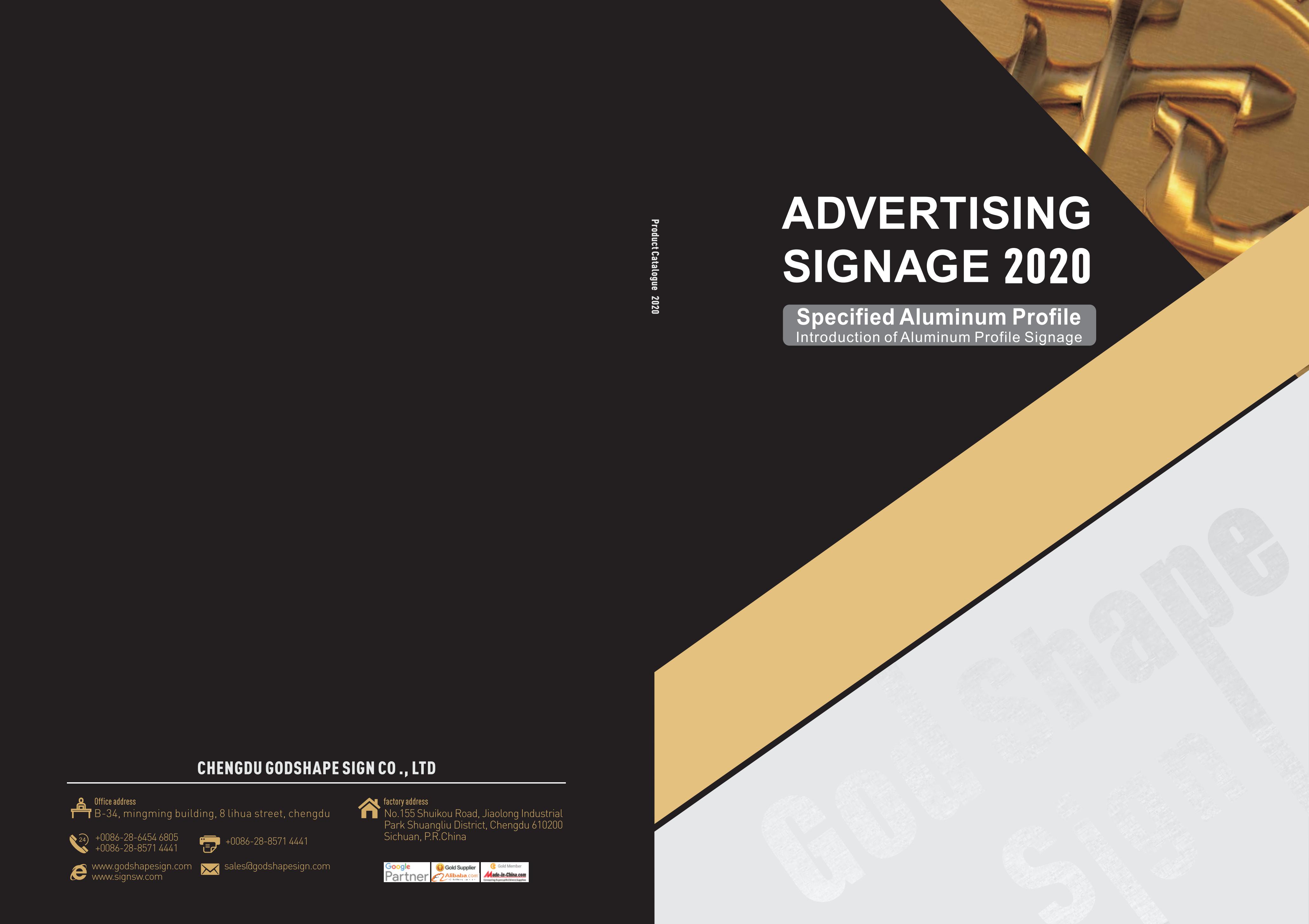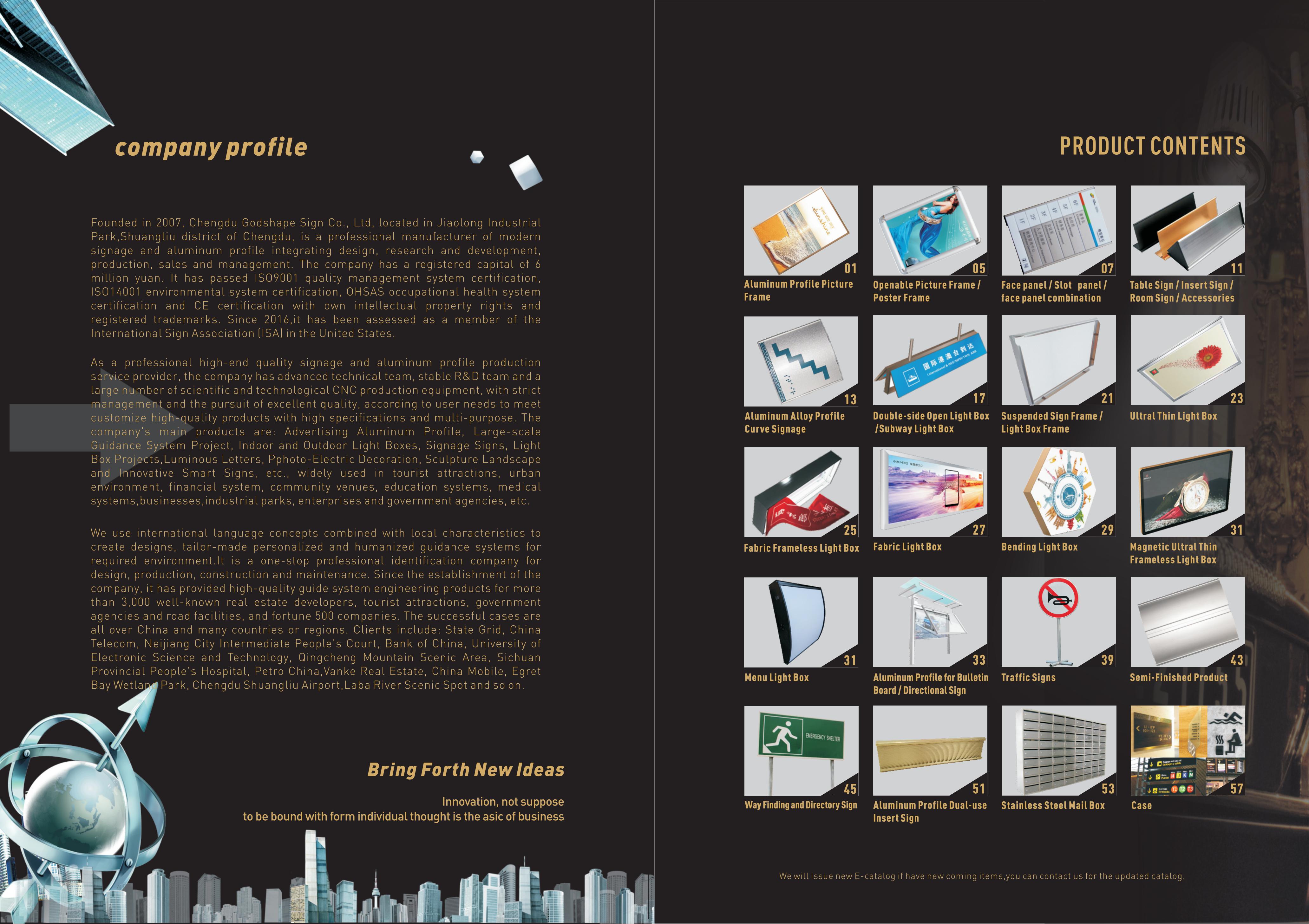In our impression, the application of 3D printing technology in the aerospace industry is often used to make some of the components of the United States, but researchers at the University of Swansea in the United Kingdom used it to print the smallest parts of the aircraft. A research team at the Welsh Printing and Coating Center (WCPC) is working to print sensor-sized components that are only human hair-sized using Optomec's aerosol-jet technology. More important is the size of the hair of the person in the assembly. More importantly, this tiny stress sensor and optical creep sensor can be printed directly on the surface of the aircraft's turbine blades.

This technology is of great significance for the maintenance of aircraft. By printing the sensor directly onto the working turbine blades, the research team is able to monitor each component in real time, which can result in reduced maintenance costs and time and engine operating temperatures and fuel efficiency. In addition, the research team developed a high-temperature optical creep measurement sensor using laser detection systems and optical lighting management systems to enable them to determine the creep of components down to 10 nanometers.

If you are not familiar with aerosol spray technology, here is a brief introduction. The technology mainly atomizes conductive nano-platinum or nano-silver ink through a mist generator, which utilizes aerodynamics to achieve accurate deposition of nano-scale materials, enabling the fabrication of fine functional circuits and embedded components without the use of masks or Other molds can effectively reduce the overall size of the electronic system. This technology enables the fabrication of functional electronic chips with line widths and circuit structures up to 10 micron.

Here at WCPC, when the conductive ink is deposited, it also needs to be heat treated to finally determine its mechanical properties, electrical conductivity and adhesion to the substrate, eventually forming a high quality film as thin as 10 nanometers. Researchers are currently investigating the use of a laser processing process to deposit inks to achieve the possibility of printing on substrates that can withstand very low temperatures.
Researchers believe that the benefits of this technology include:
̇Features up to 10 microns
̇ deposited layer thickness up to 10 nanometers
̇Can use a variety of materials and substrates
̇ three-dimensional form of deposition
沉积Nanomaterial deposition ability
Currently, researchers use conductive nanosilver inks that remain stable up to 250 degrees Celsius, but they are working on developing high-temperature components using nano-platinum inks that remain stable at 1200 degrees Celsius, eliminating the environment completely. Temperature limits for the sensor. If successful, this outcome will have a major impact on the entire aerospace industry. In addition, the team is developing the smallest temperature sensor ever available on aerospace components, which can be as small as 30 microns, less than half the size of a human hair. This technology is also very good in the consumer electronics industry. Application prospects.
Advertising Aluminum Profiles with extensive products, like poster pictureframe, indoor snap clip poster frame, Snap Slim Light Box, magnet light boxes, restaurant menu light boxes, Fabric Light Box, office door sign, Curved Plate sign, slider sign, wayfinding in system, etc.
Advantages: simple manufacturing, conveninent shipping, competitive prices, short lead time, etc
Contact us for the complete catalog!


Aluminum Profiles,Aluminum Profile,Wall Decoration Poster Frame,Home Decoration Picture Frame
Chengdu GodShape Sign Co., Ltd , https://www.signsgs.com